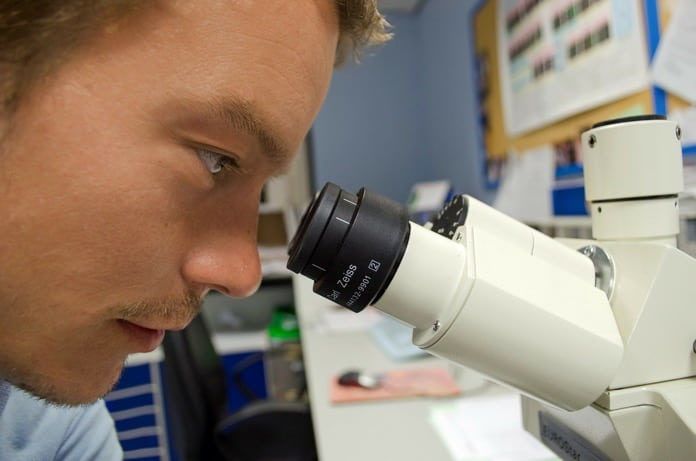Researchers at the Harvard Medical School have made a breakthrough that could someday help paralyzed people with spinal cord injury walk again.
The spinal cord is a tube-like structure filled with a bundle of nerves, running from your brain down a canal in your backbone. It is a major communication pathway between the brain and the rest of your body. The spinal cord, however, is very sensitive to injury. Unlike other parts of your body, the spinal cord cannot repair itself if it is damaged.
A spinal cord injury is often the result of an unpredictable accident, trauma, or compression from tumor or infection. According to the Spinal Cord Injury Ontario, there are approximately 4,300 new cases of spinal cord injury each year in Canada, with about 86,000 Canadians are living with this injury.
Classification of spinal cord injuries
Spinal cord injuries are described as either complete or incomplete. If the spinal cord is completely severed, there is a complete loss of sensation below the injury or even be completely paralyzed. In the case of an incomplete spinal cord injury, a stream of nerve signals may still able to get through and result in some feeling or movement below the injury. However, nearly half of the patients with incomplete spinal cord injury are still suffering a total loss of muscle control and sensation, properly due to the dormant spared connections.
KCC2 expression in inhibitory neurons leads to functional recovery
A breakthrough study led by Professor He of Harvard Medical School in the USA and Professor Gu of Nantong University in China has discovered a new molecule that can boost the levels of neuronal co-transporters KCC2. KCC2 is… in spinal cord inhibitory interneurons around the injury site, as a result in restoring the ability to respond to brain signals.
The new compound, namely CLP290, was capable of altering the excitability of neurons and crossing the blood-brain barrier. The researchers recently published their results in the world’s leading scientific journals in biology, Cell.
Reawaken dormant signaling in paralyzed mice
To study the effectiveness of the functional recovery, the researchers tested the compound in paralyzed mice with staggered lesions. The researchers found evidence to prove promising functional recovery only after four weeks of the treatment and significant recovery from seven weeks onwards.
More surprisingly, most of the mice developed the ability to take weight-bearing steps and demonstrated increased joint mobility following treatment with CLP290.
This exciting study may represent a useful starting point for clinical research in enhancing the injured spinal cord’s responsiveness and promoting functional recovery after spinal cord injury. Further investigation should be done to understand how KCC2 agonists work in order to develop safer and more effective therapies for paralyzed people with spinal cord injury.
Written by Man-tikChoy, PhD
Reference: B. Chen et al. (2018).Reactivation of Dormant Relay Pathways in Injured Spinal Cord by KCC2 Manipulations. Cell, 174(3): 521-535.e13.DOI:10.1016/j.cell.2018.06.005.



